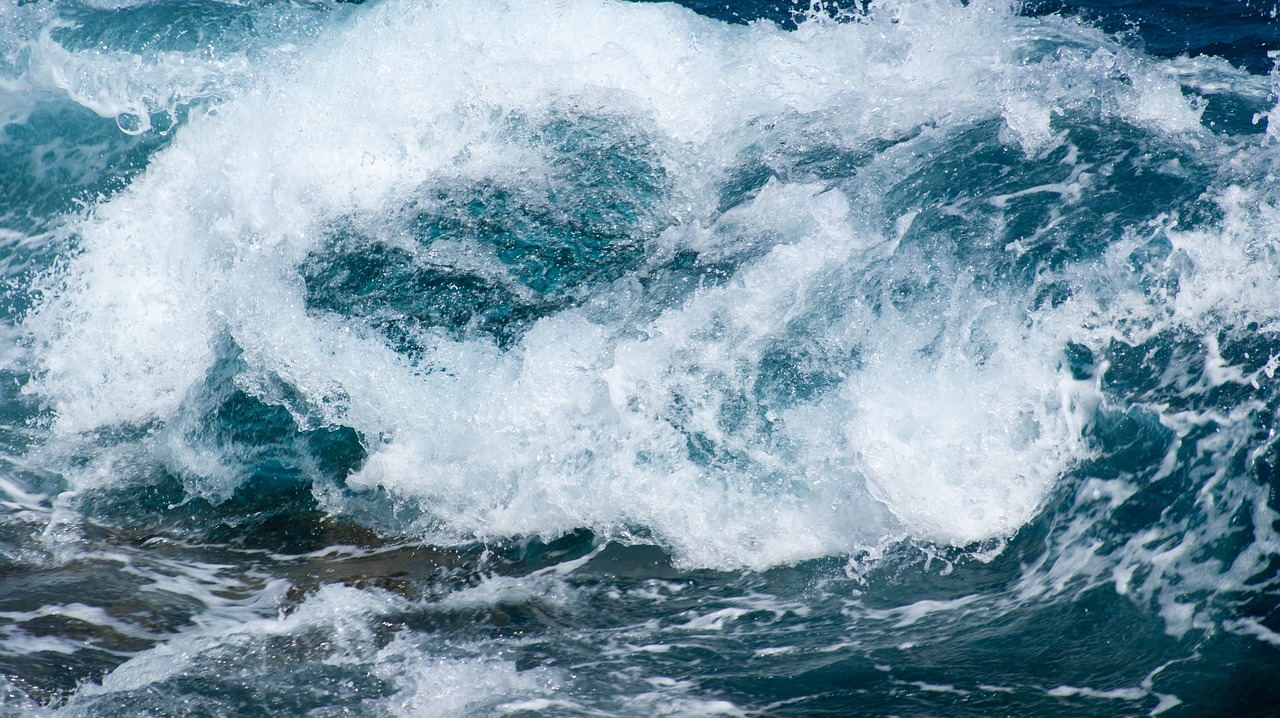The Diameter of Submarine Communication Cables
The diameter of submarine communication cables varies depending on the specific model and manufacturer. However, most modern submarine cables have a diameter ranging from about 1 to 2 inches (2.5 to 5 centimeters). This size allows for efficient signal transmission and reception, as well as the necessary mechanical strength to withstand the challenges of being submerged in seawater for long periods of time. In addition, the diameter of the cable also affects its capacity and performance capabilities, with larger cables typically offering higher data throughput and better signal quality.
The submarine communication cable, also known as the undersea cable, is a vital component of global telecommunications. It allows for the transmission of data, voice, and video signals between different countries, connecting continents and enabling international communication. The cables are laid on the seabed or in the oceanic crust and are made of highly durable and water-resistant materials to ensure reliable and consistent performance.

One of the most critical aspects of a submarine communication cable is its diameter. The diameter of a submarine cable is determined by the number of fibers, the type of covering material used, and the overall thickness of the cable. It is crucial to consider the diameter of the cable because it affects its strength, weight, flexibility, and overall performance.
Submarine cables come in various diameters, depending on their intended use and the amount of data they need to carry. For instance, some cables are only a few millimeters in diameter and are used for short-range communication, while others can be several centimeters in diameter and are employed for long-distance transmission. The larger the diameter, the more data can be carried by the cable, but it also means that the cable will be heavier and more challenging to deploy.

In addition to their diameters, submarine cables also vary in other aspects. For example, some cables are made of glass or plastic fibers, while others use copper wires. The type of material used affects the speed and reliability of data transmission. Moreover, some cables are designed to be buried in the seabed, while others are left above the seabed to be protected by buoys or other devices.
Installing submarine cables is a complex and challenging task that requires specialized equipment and expertise. The cables must be carefully selected to ensure they are suitable for their intended purpose and can withstand the pressure and other harsh conditions they will encounter in the ocean environment. In addition, regular maintenance and repairs are essential to keep the cables in good working order and ensure that global communication remains uninterrupted.

In conclusion, the diameter of a submarine communication cable is a crucial factor that affects its performance and suitability for different applications. With the continued growth in global communication demands, it is essential to carefully consider the diameter and other characteristics of these cables to ensure reliable and efficient undersea communication.
Articles related to the knowledge points of this article:
Title: Jiangsu Communication Cables: Connecting the Province and the World
The Impact of Communication Cables on Modern Society
Mine-Used Flame-Retardant Communication Cable
Title: Understanding the Unit of Length for Communication Cables
The Latest Prices of Communication Cables
Title: Guidelines and Standards for Shielding Communication Cables